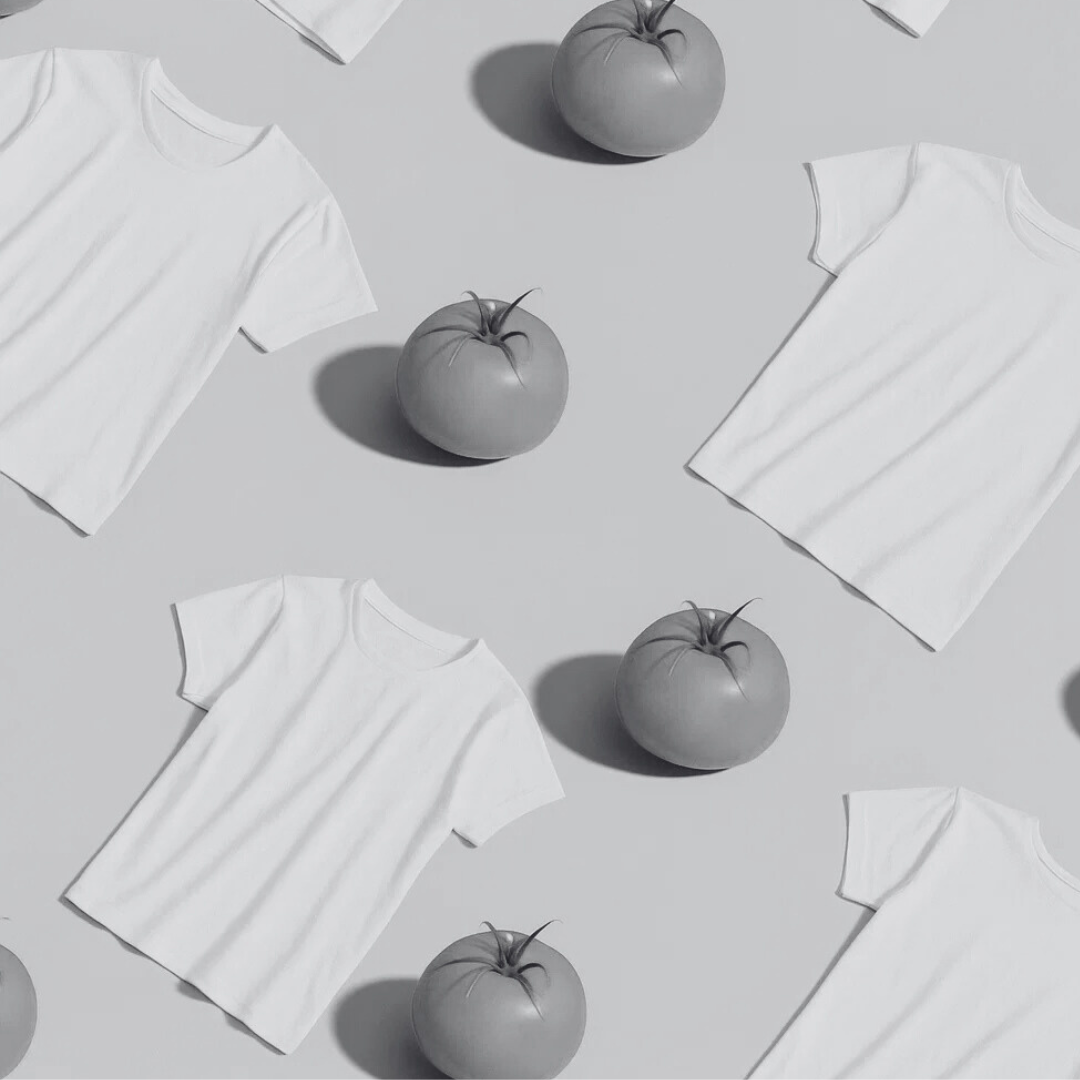If you go your whole life eating grocery store tomatoes, you probably think they’re fine. You probably don’t even give them much thought. They’re red, they’re round, and they get the job done on a sandwich or salad. That’s a tomato, right?
The thing about run-of-the-mill tomatoes is that they’re bred, grown, and shipped to survive the trip, not to taste great (read about Red Delicious apples to drive the point home). They’re picked before they’re ripe, gassed with enzymes and chemicals to turn red, stacked in refrigerated trucks, and shipped thousands of miles to sit on a shelf until someone drops them into a cart. Say, in Maine... in February. They’re engineered for logistics, not for taste or quality. They’re not bad, per se, they’re just… fine.
And when something is “just fine” for long enough, you forget to ask if it could be better.
But then maybe you visit a local farm stand in peak season. Maybe your neighbor hands you a bag of tomatoes from their backyard (that’s me). Or maybe you join a CSA and your weekly box drops a bunch of lumpy heirlooms onto your kitchen counter. These tomatoes are bright, fragrant, dripping with summer flavor, almost savory. They’re beautiful, and they’re delicious.
That other thing you’ve been eating was a shell of a tomato. The mass market version of something that, under the right circumstances and with the right care, can be absolutely sublime. From that moment on, the dry, pink slab on a burger or the $0.99 beefsteak at the store is a letdown. You’ve seen behind the curtain.
-
You might have gone decades wearing $10 tees from Walmart or Target without thinking twice. They’re fine. They cover your body, they come in a three-pack. They're t-shirts.
Except… they’re a shell of what a t-shirt could be. They’re a product of the same industrialized process as the grocery store tomato. They’re not made to be “delicious”, they’re made for international economies of scale, logistics, and profit - not for quality or comfort. They’re made in factories across the world by underpaid, underserved, and exploited workers (often children). They’re made quickly, from the cheapest possible materials (polyester) that can survive a few spins in the wash before they start twisting, pilling, and losing shape.
And most people don’t think twice. It’s just a shirt, it’s nothing special. It’s not meant to be special, it’s just an everyday thing. Truly utilitarian.
But then maybe you try one of our shirts on. It feels different. The fabric is substantial, the construction well made. A year later and it’s still holding its shape. The stitches aren’t pulling, the collar is still comfortable, and it’s getting even better over time. Our hope is that one question comes to mind: “how did that t-shirt get to Target and only cost $10? How is that even possible?”
(As an aside, another good example is bedsheets. Once you try really nice bedsheets... everything feels like junk.)
-
This isn’t to say you have to buy a Porsche over a Toyota. I also fully recognize there are a number of good reasons to have some cheap tees lying around for working on the truck, in the garden, at the gym. But life is short. Once you’ve worn (or tasted) the real thing, you understand the difference and the other is, again, a letdown. The really damn good tomato and the really damn good everyday tee are just a couple bucks more than the “just fine” version. We should buy stuff that makes us happy, that isn’t an afterthought. We’ve been led to believe everything should be cheap and disposable. Brands don’t want you to have stuff that lasts forever, they want you back in a month to buy it again. Fight back and buy stuff that adds a little je ne sais quoi to your everyday life. Why can’t the humble t-shirt be a little moment of mindfulness every time you put it on?
If you don’t want to buy a new t-shirt today that’s OK, but the gardener in me has to insist... it’s August, go find some fresh tomatoes (and don’t forget the basil).
